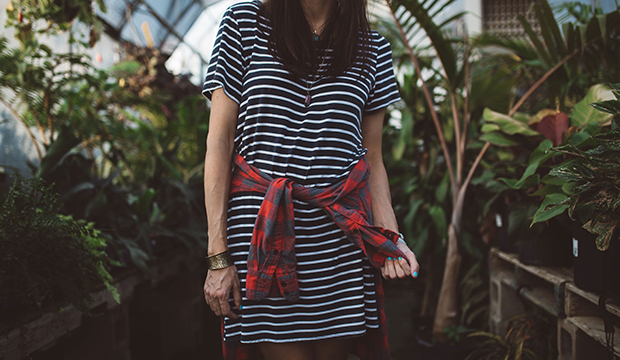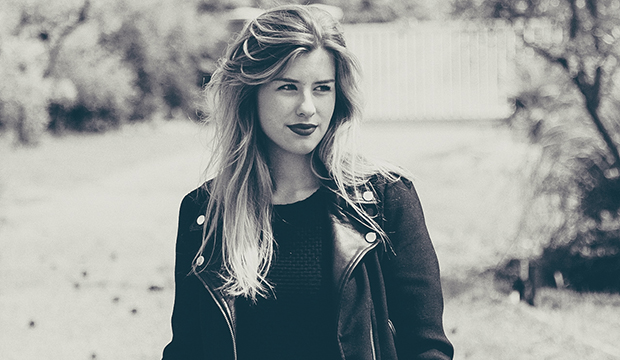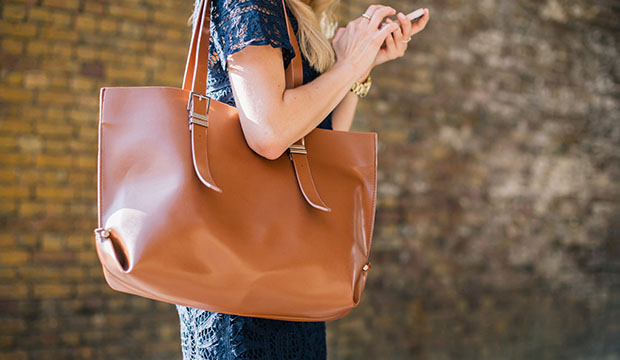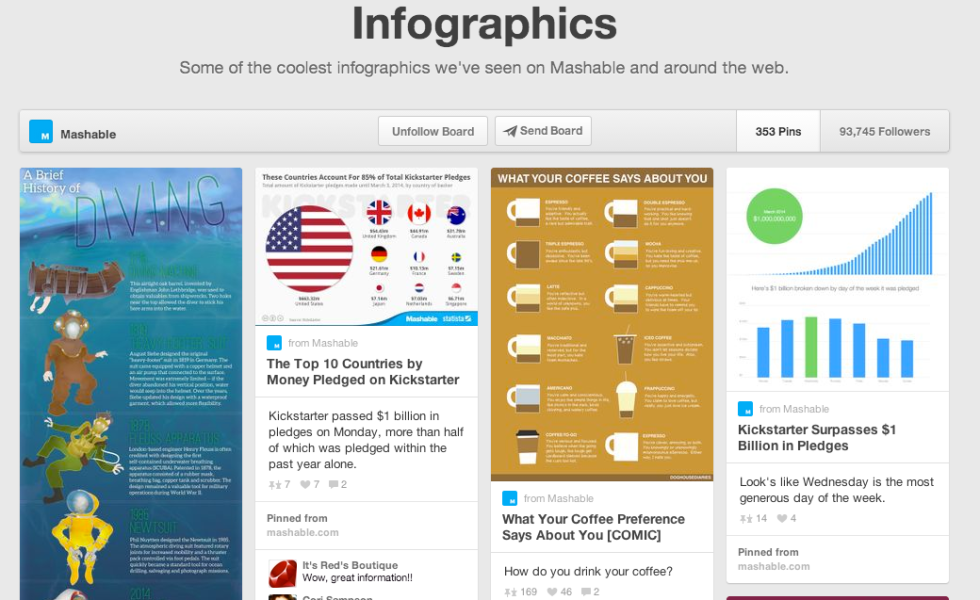As a marketer, you hear the word “journey’ quite a bit. What’s the journey for the consumer across content pieces and/or channels within your distribution model. Where will the consumer touchpoints create an action or point of engagement with the brand that matters? What does the journey truly look like?
So many questions. So where do you start?
The considerations here include:
1. The target market – their behaviors, pain points, where they go online/offline, and what they prefer to consume (from a format and topical perspective).
2. The channels at your brand’s disposal – Just because a new social channel has come up, doesn’t mean it’s right for your brand (and your audience). The key here is focusing on the channels that provide the most bang for your buck, and also ensure your target market can be reached regularly.
3. The content – You start with the consumer need, consider their industry or sentiment (b2b or b2c), and create a content campaign that will resonate with them. That campaign shouldn’t be a one-off piece of content but include both always-on and time-sensitive pieces which may be leveraged in unique/different formats across multiple channels. For example if you have a video ensure you have a cutdown, and/or blog post to embed said video for different avenues to consume said video. Derivative pieces are a huge and easy win, and can help expand your campaign pieces with less lift.
4. The actual journey – Create a journey map which leverages each of the above pieces to demonstrate how your consumer will go from one touchpoint to the next, and to your final destination. There should be multiple routes based on content pieces and channels, with the end result allowing you to engage with your consumer where they prefer, and where your brand can excel.
Note, this is always test and learn, and it’s best to test and optimize, than to let your competition get ahead of you.
















